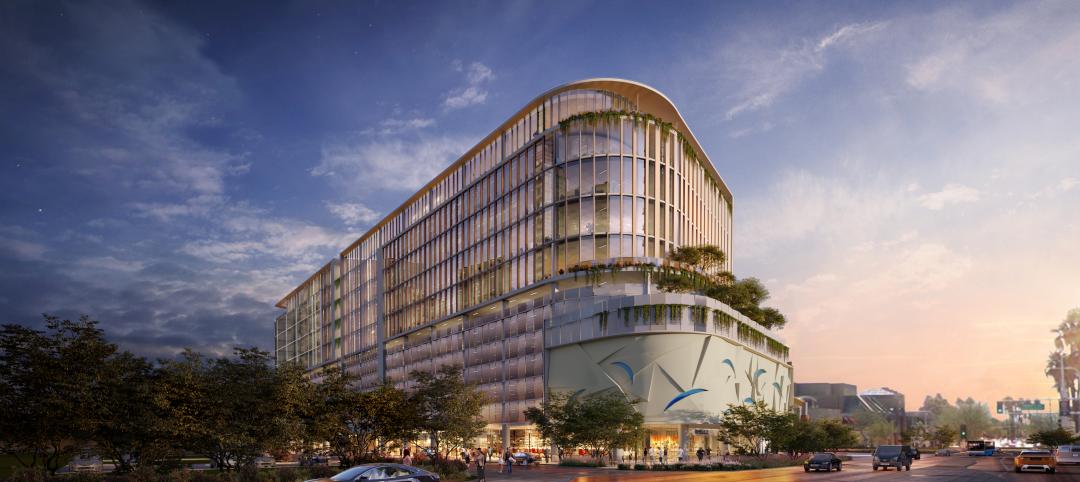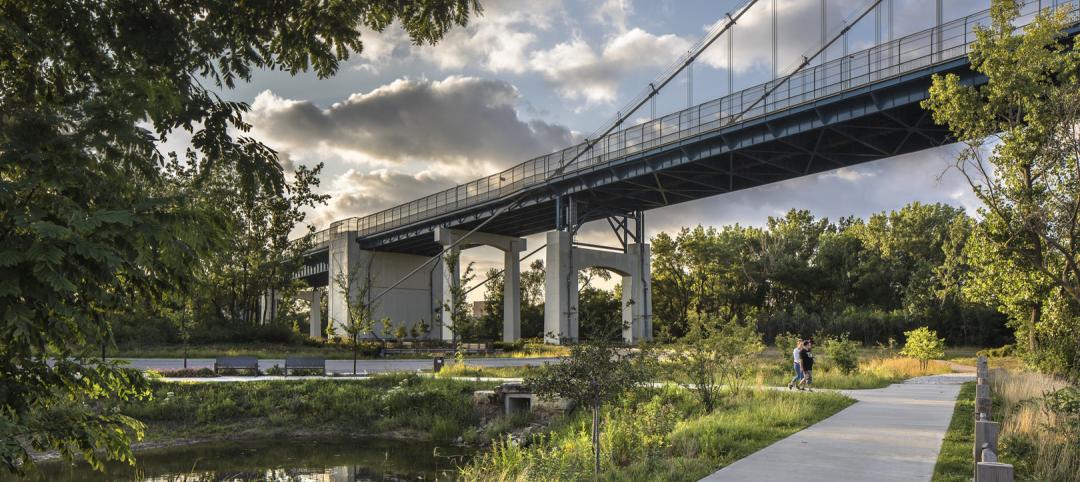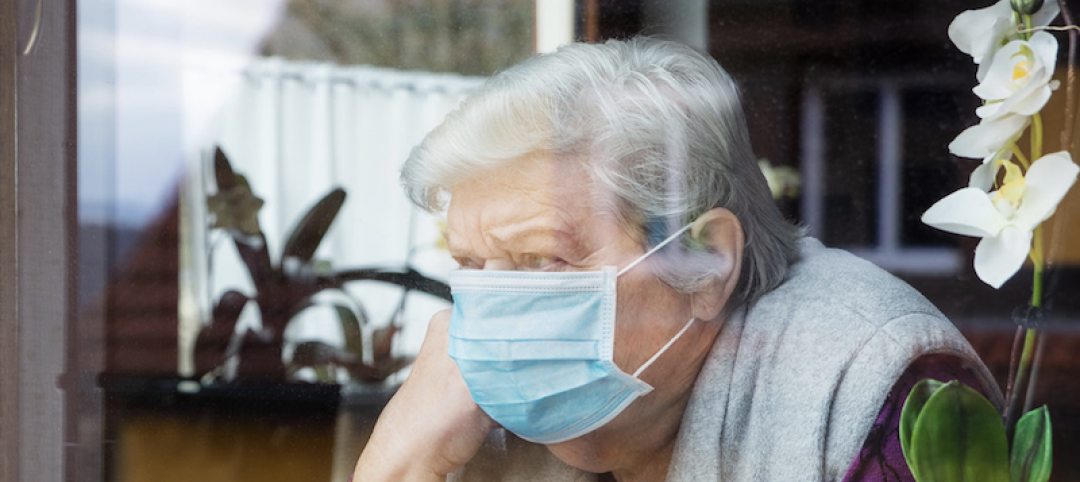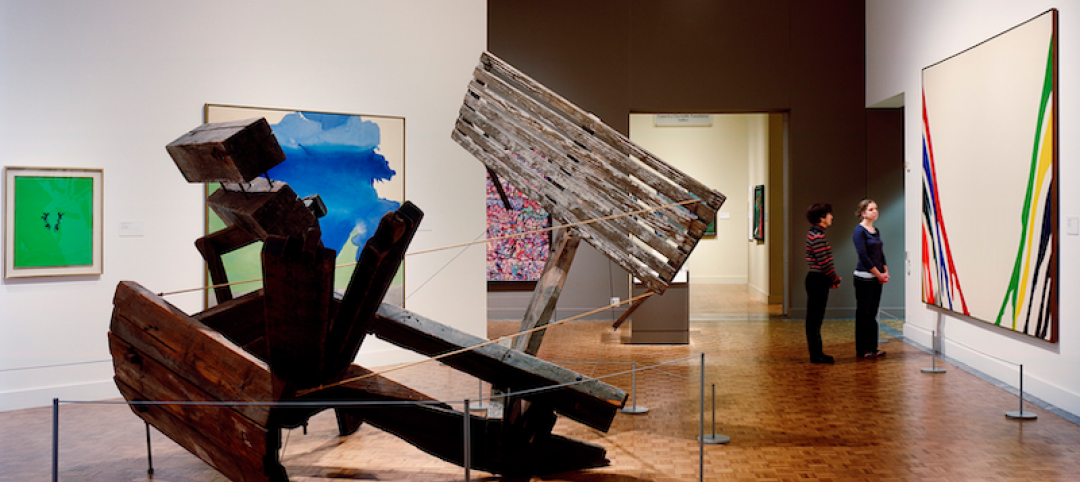In the world of urban design, it seems one of the hottest topics to consider is the impact of driverless vehicles. The interesting distinctions I’m seeing are in the notion of autonomy versus participation and command. Innovation, cultural connection, safety, security, health, and resiliency all depend on mobility at their fundamental beginning.
The idea that space, both at a city scale and the personal level, can be repurposed by breaking dependence on the purchase, maintenance and storage of a big machine is a great boon for the sustainable future and resiliency of cities. Taking this notion to its fantastic boundaries, I’m reminded of the Guild Navigators in Dune, folding space and time via the fictional Holtzman Effect.
In a more realistic dream, however, the idea that dedication of lots of space and time to the requirement of personally guiding a complex vehicle is not that hard to break. Dieter Zetsche, Chairman of Daimler AG, discussed interesting propositions of big data, sharing, and autonomy at the Economic Club of Washington, DC. As a pioneer of shared cars and subminiature urban vehicles, Zetsche foresaw an interesting interim solution where cars can act autonomously part of the time and be human-guided the rest. For instance, what if your house no longer needed a garage? The lot’s a little smaller, there’s less to maintain, and your car is stored more compactly down the street in a communal garage where it can be instructed to come and pick you up at your front door, then you drive off. What if you could run to the store or mall, hop out, and have the car find its own parking space? There are two months each year that would certainly brighten because of that!
Zetsche also envisioned a combination of owned and shared vehicles. The solution does not have to be “either-or”, it can be “both-and” thanks to technology and big data. Clearly, at the urban design level, every city would benefit from less parking, reduced paving, and more green space. Wide right-of-ways between buildings might have origins in the turning radius of a wagon, but now they can be environmental advantages at both ground and upper floor levels, as well as more humane resources for our natural tendencies towards biophilia.
The bigger picture issue is, of course, mobility and the rest are just details. Psychologically, what does each of us gain from being mobile, and how do we make the world a better place because of it? Perhaps it’s more than simply being transported for purpose, there’s pleasure in the active engagement of the journey. I, for one, enjoy driving (often very fast!) and would, therefore, hope we can have the choice not to be a passenger all of the time; there are other benefits accompanying a sense of control.
The melding of machine and technology forever seems to be in its infancy, so I’m hopeful we can make our cities and homes better quickly by supporting and encouraging Dr. Z’s vision of the future.
About the Author: “I’m wired to build things,” says David Varner, who leads the Washington, D.C., Workplace Studio, “and the things I like to build require a group effort.” With more than 25 years of experience, Varner focuses on solutions for base building construction, build-to-suits, and mixed-use projects.
More from Author
SmithGroup | Mar 28, 2023
Inclusive design requires relearning how we read space
Pulling from his experience during a campus design workshop, David Johnson, AIA, LEED AP, encourages architects to better understand how to design spaces that are inclusive for everyone.
SmithGroup | Feb 27, 2023
Surfing the Metaversity: The future of online learning?
SmithGroup's tour of the Metaversity gives us insight on bringing together physical and virtual campuses to create a cohesive institution.
SmithGroup | Nov 28, 2022
Data centers are a hot market—don't waste the heat!
SmithGroup's Brian Rener shares a few ways to integrate data centers in mixed-use sites, utilizing waste heat to optimize the energy demands of the buildings.
SmithGroup | Aug 3, 2022
Designing learning environments to support the future of equitable health care
While the shortage of rural health care practitioners was a concern before the COVID-19 pandemic, the public health crisis has highlighted the importance of health equity in the United States and the desperate need for practitioners help meet the needs of patients in vulnerable rural communities.
SmithGroup | Aug 10, 2021
Retail reset: The future of shopping malls
Developers and design partners are coming together to reimagine how malls can create a new generation of mixed-use opportunities.
SmithGroup | May 17, 2021
Future pandemic preparedness at the medical district scale
The current COVID-19 pandemic highlights the concern that we will see more emergency events in the coming years.
SmithGroup | Jan 25, 2021
Amid pandemic, college students value on-campus experience
All the students we interviewed were glad that they returned to campus in one form or another.
SmithGroup | Aug 13, 2020
Renewing the healing role of public parks
While we can’t accurately predict all the ways we will respond to the current COVID-19 pandemic, it should provide a moment of reflection as we see all too clearly the consequences of our exploitation and destruction of nature.
SmithGroup | Jul 21, 2020
How design of senior living communities must change after COVID-19
The cost of maintaining high quality of care and high quality of life for senior living communities has increased up to 73% for senior living communities that remain free of COVID-19 and up to 103% for COVID-19 positive senior living communities.
SmithGroup | Jun 12, 2020
How will museums change after COVID-19
This new environment may herald innovative economic models and change the way we think about museum design.
















